Yu Shrike Zhang
Mutual Information and Ensemble Based Feature Recommender for Renal Cancer Stage Classification
Sep 28, 2022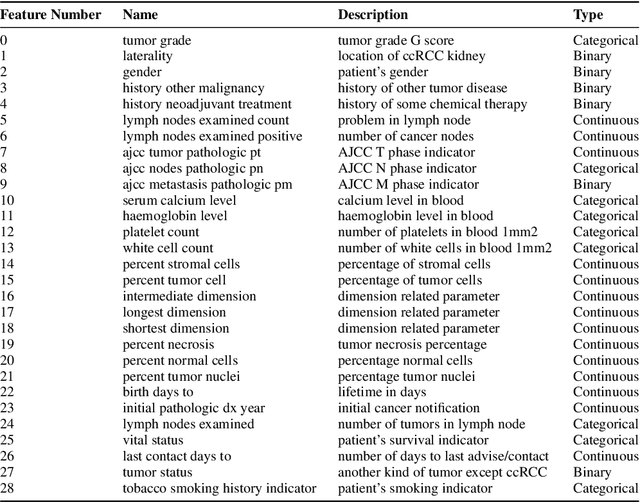
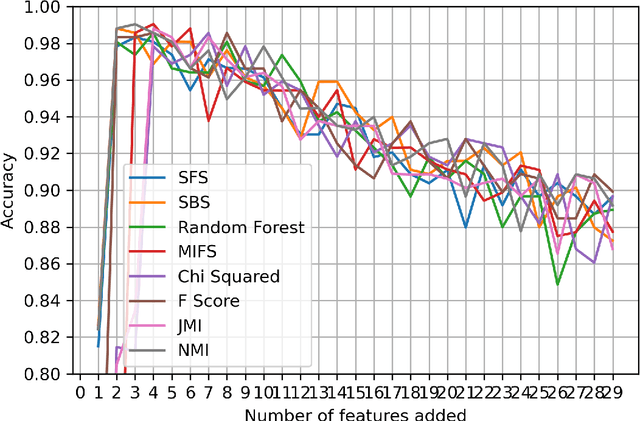
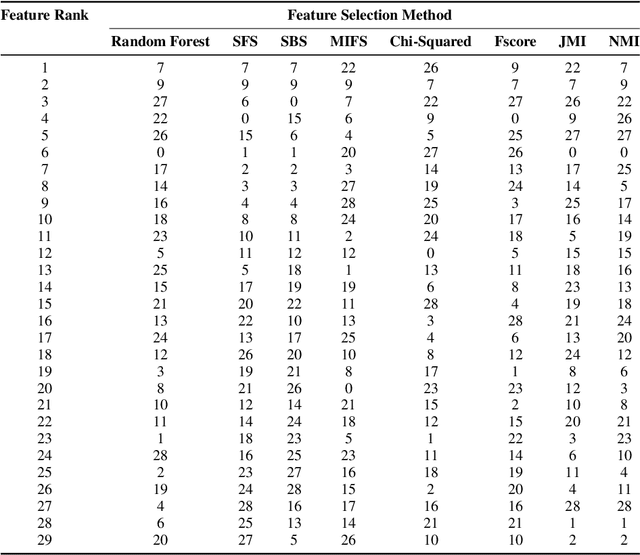
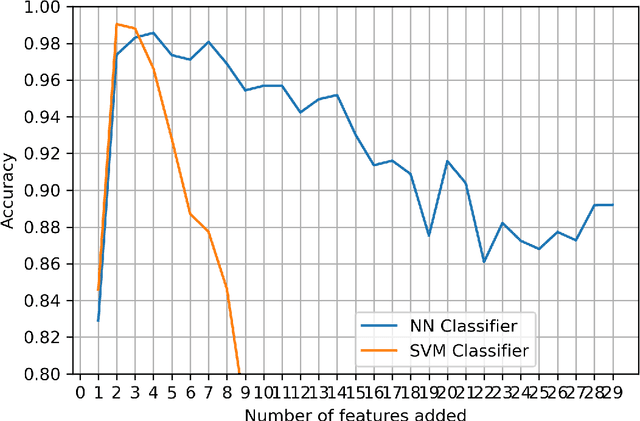
Abstract:Kidney is an essential organ in human body. It maintains homeostasis and removes harmful substances through urine. Renal cell carcinoma (RCC) is the most common form of kidney cancer. Around 90\% of all kidney cancers are attributed to RCC. Most harmful type of RCC is clear cell renal cell carcinoma (ccRCC) that makes up about 80\% of all RCC cases. Early and accurate detection of ccRCC is necessary to prevent further spreading of the disease in other organs. In this article, a detailed experimentation is done to identify important features which can aid in diagnosing ccRCC at different stages. The ccRCC dataset is obtained from The Cancer Genome Atlas (TCGA). A novel mutual information and ensemble based feature ranking approach considering the order of features obtained from 8 popular feature selection methods is proposed. Performance of the proposed method is evaluated by overall classification accuracy obtained using 2 different classifiers (ANN and SVM). Experimental results show that the proposed feature ranking method is able to attain a higher accuracy (96.6\% and 98.6\% using SVM and NN, respectively) for classifying different stages of ccRCC with a reduced feature set as compared to existing work. It is also to be noted that, out of 3 distinguishing features as mentioned by the existing TNM system (proposed by AJCC and UICC), our proposed method was able to select two of them (size of tumour, metastasis status) as the top-most ones. This establishes the efficacy of our proposed approach.
Deep Image Prior for Sparse-sampling Photoacoustic Microscopy
Oct 15, 2020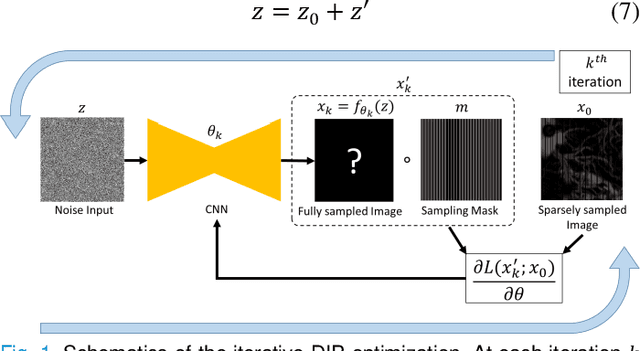
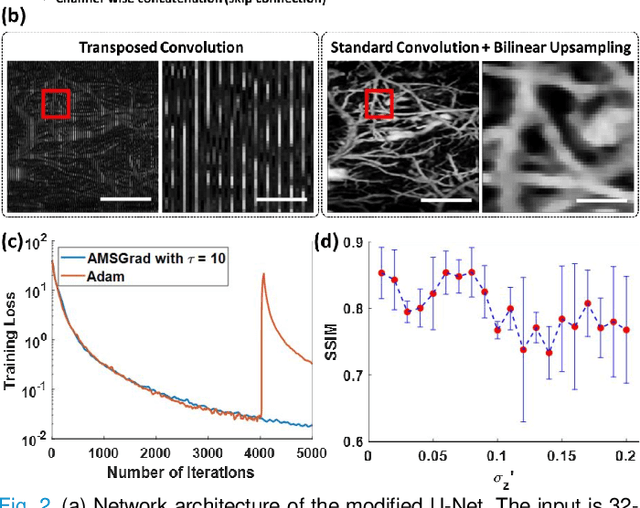
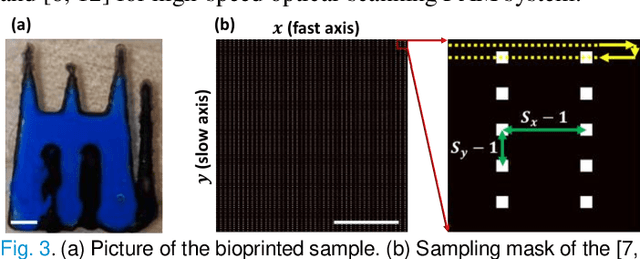
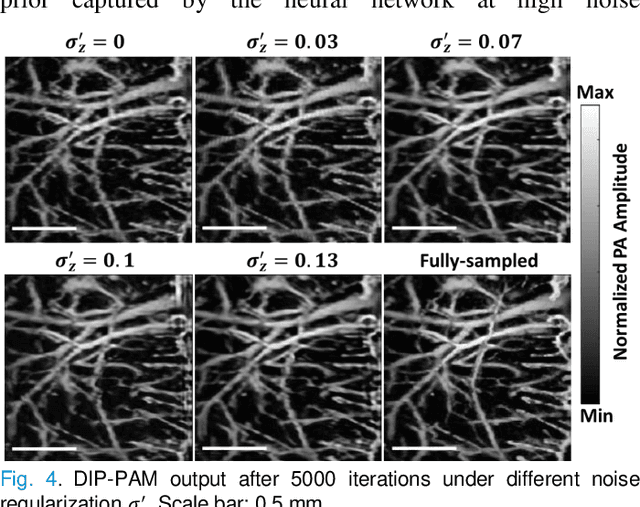
Abstract:Photoacoustic microscopy (PAM) is an emerging method for imaging both structural and functional information without the need for exogenous contrast agents. However, state-of-the-art PAM faces a tradeoff between imaging speed and spatial sampling density within the same field-of-view (FOV). Limited by the pulsed laser's repetition rate, the imaging speed is inversely proportional to the total number of effective pixels. To cover the same FOV in a shorter amount of time with the same PAM hardware, there is currently no other option than to decrease spatial sampling density (i.e., sparse sampling). Deep learning methods have recently been used to improve sparsely sampled PAM images; however, these methods often require time-consuming pre-training and a large training dataset that has fully sampled, co-registered ground truth. In this paper, we propose using a method known as "deep image prior" to improve the image quality of sparsely sampled PAM images. The network does not need prior learning or fully sampled ground truth, making its implementation more flexible and much quicker. Our results show promising improvement in PA vasculature images with as few as 2% of the effective pixels. Our deep image prior approach produces results that outperform interpolation methods and can be readily translated to other high-speed, sparse-sampling imaging modalities.
 Add to Chrome
Add to Chrome Add to Firefox
Add to Firefox Add to Edge
Add to Edge